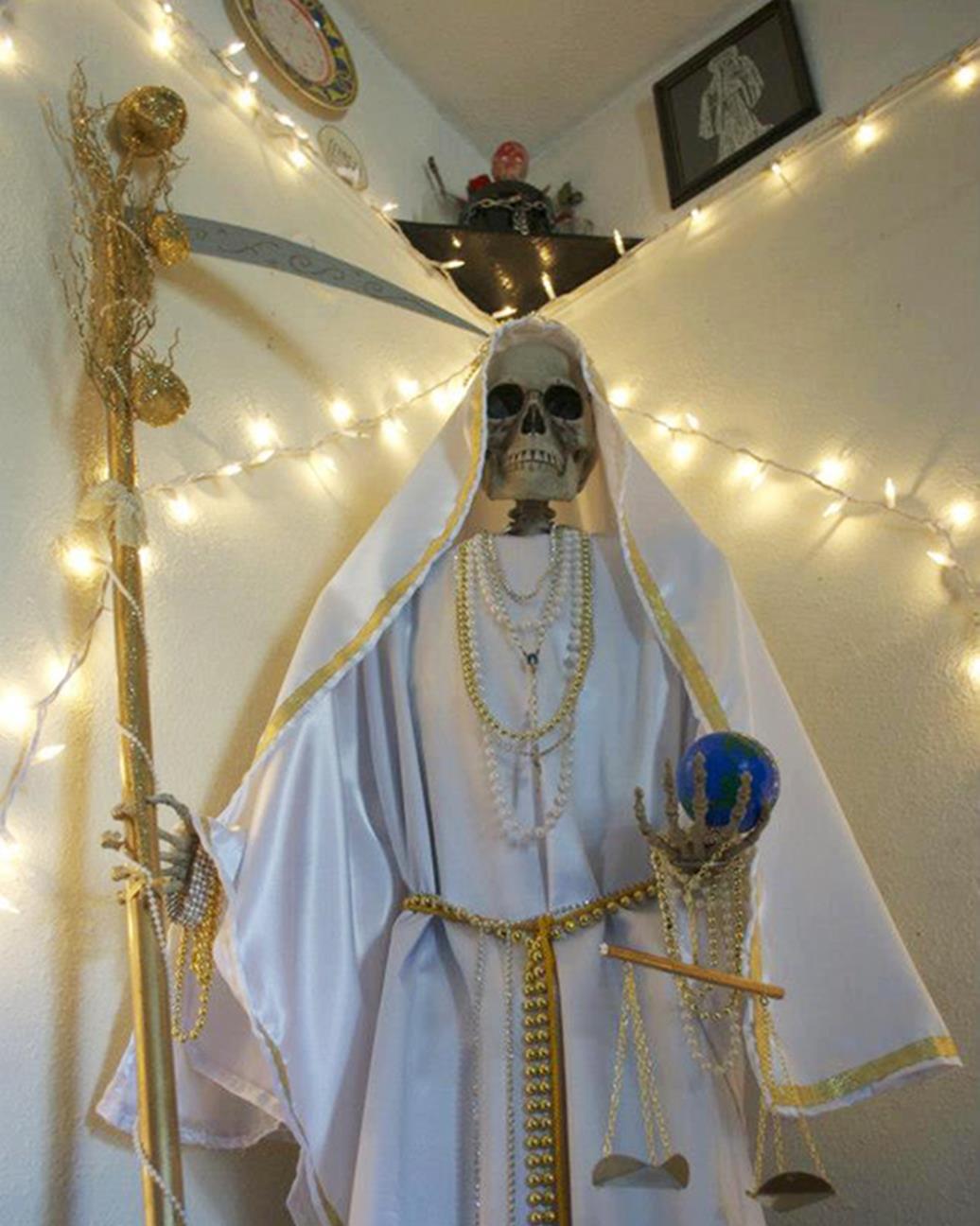Introduction
Symbolism is vastly used in cinematography for a variety of purposes. Symbols can give additional background to the story, work as a warning, or draw parallels between the events on screen and the events in the past. In movies, like in any art, almost anything can be symbolic, including objects, colors, characters, plot, sounds, special effects, and camera angles. The present paper aims at discussing symbolism in Queen of the South, an original Netflix series. In particular, the paper draws attention to two central symbols in the series, including the Santa Muerte and crows.
Background Information
Queen of the South is a successful Netflix series that started in 2016, which continues to release new episodes in 2021. The series narrates a story about Teresa, who had to run from Mexico after her boyfriend, a member of a successful drug cartel, was murdered. In the US, she teams up with a long-forgotten acquaintance from her past to avenge her boyfriend and take down the leader of the very drug trafficking ring that has her on the run. The center revolves around Sinaloa Cartel, also known as the CDS, the Guzmán-Loera Organization, the Pacific Cartel, the Federation, and the Blood Alliance. The cartel is a powerful international drug-trafficking and money-laundering organization based in the city of Culiacán, Sinaloa (Agren, 2016). It operates in the “Golden Triangle” of Mexico, which includes the states of Sinaloa, Durango, and Chihuahua, major places of production of Mexican Opium and Marijuana (Beith, 2010). The creators of the Queen of the South use many symbols; however, Santa Muerte, pictured in the logo of Sinaloa Cartel, is among the most evident and remarkable symbols.
Santa Muerte
Nuestra Señora de la Santa Muerte (translated from Spanish as “Our Lady of the Holy Death”) is an image of a pagan deity that ensured that souls get safely to the land of the dead. Even though it was originally pictured as a male figure, Santa Muerte is now usually seen as a skeleton lady holding a scythe and a scale, as seen in Figure 1 (Chesnut, 2018). The devotees of the cult of Santa Muerte believe that she can make sure that their afterlife will be happy if they worship Santa Muerte (Chesnut, 2018). Santa Muerte holds a scale because she treats her devotes fairly (Chesnut, 2018). She holds a scythe, which helps her to cut all the negative energies and influences (Chesnut, 2018). At the same time, the scythe is a symbol of hope and prosperity, as it is a harvesting tool (Chesnut, 2018). Currently, the cult of Santa Muerte is on the rise with over 10 million devotees in the US, as she promises quick miraculous salvation to the lost souls (Bragg, 2014). The image of Santa Muerte in the logo of Sinaloa Cartel is altered from the one demonstrated in Figure 1.

Sinaloa Cartel’s logo shows Santa Muerte’s head covered in gems with two rifles instead of the scythe and the scale, as demonstrated in Figure 2 below. The switch of the Santa Muerte’s attributes from the symbol of prosperity and the symbol of justice to two rifles demonstrates that the Cartel shifted its values. In particular, the cartel believed that both justice and prosperity could be earned with guns, violence. This is the main motive in the series, which can be seen, especially through Season 1. Teresa could find neither justice nor prosperity from her regular life in Mexico. As she moved to the United States, she had to look for justice through violence to avenge her boyfriend’s death. At the same time, she found prosperity not from hard-working but from violence. Teresa looked like Santa Muerte from the logo of the Cartel: a woman, dead inside from the loss of her love, covered in gems as a symbol of prosperity, with two guns demonstrating her readiness to defend herself.

Crows
The show focuses its attention on a crow several times before a tragic event or a change. Crows are often associated with death among people of different cultures. According to Monteiro (2016), crows are very similar to Santa Muerte in their function, as they guide the souls from this world to the afterlife. The myths say that “the crow has a powerful knowledge of the changes of life and death and the changes in the cycles of life” (Monteiro, 2016, para. 7). A crow is known to come several times before a tragic event and then reappear after someone’s death sending a message that the person has reborn into a new life (Monteiro, 2016). At the same time, crows are known to symbolize change because they represent ancient magical laws and wisdom (Monteiro, 2016). In the Queen of the South, the crows bring negative news, which is a changed meaning from the original myths. In ancient times, crows reminded people of magic and rebirth after death, which is optimistic (Monteiro, 2016). In the show, the symbol of a crow is more populistic, as it is associated with fear and grief.
Conclusion
Queen of the South is a TV series full of symbols, among which crows and Santa Muerte are the most vivid ones. Teresa, the protagonist of the series, is very similar to Santa Muerte’s picture in the logo of the Sinaloa Cartel, as she seeks justice and prosperity using violence. At the same time, the symbol of crows is populistic, as the appearance of crows in the series is often associated with negative events.
References
Agren, D. (2016). ‘The only two powerful cartels left’: Rivals clash in Mexico’s murder capital. The Guardian. Web.
Beith, M. (2010). The last narco. Grove Press.
Bragg, S. (2014). Growing devotion to Santa Muerte in U.S. and abroad. CNBC News. Web.
Chesnut, A. (2018). Devoted to death: Santa Muerte, the skeleton saint. Oxford University Press.
Monteiro, A. (2016). Have you been seeing crows? What the crow symbolizes (more than just death). Collective Evolution. Web.
Mexican drug cartel. (n.d.). Web.